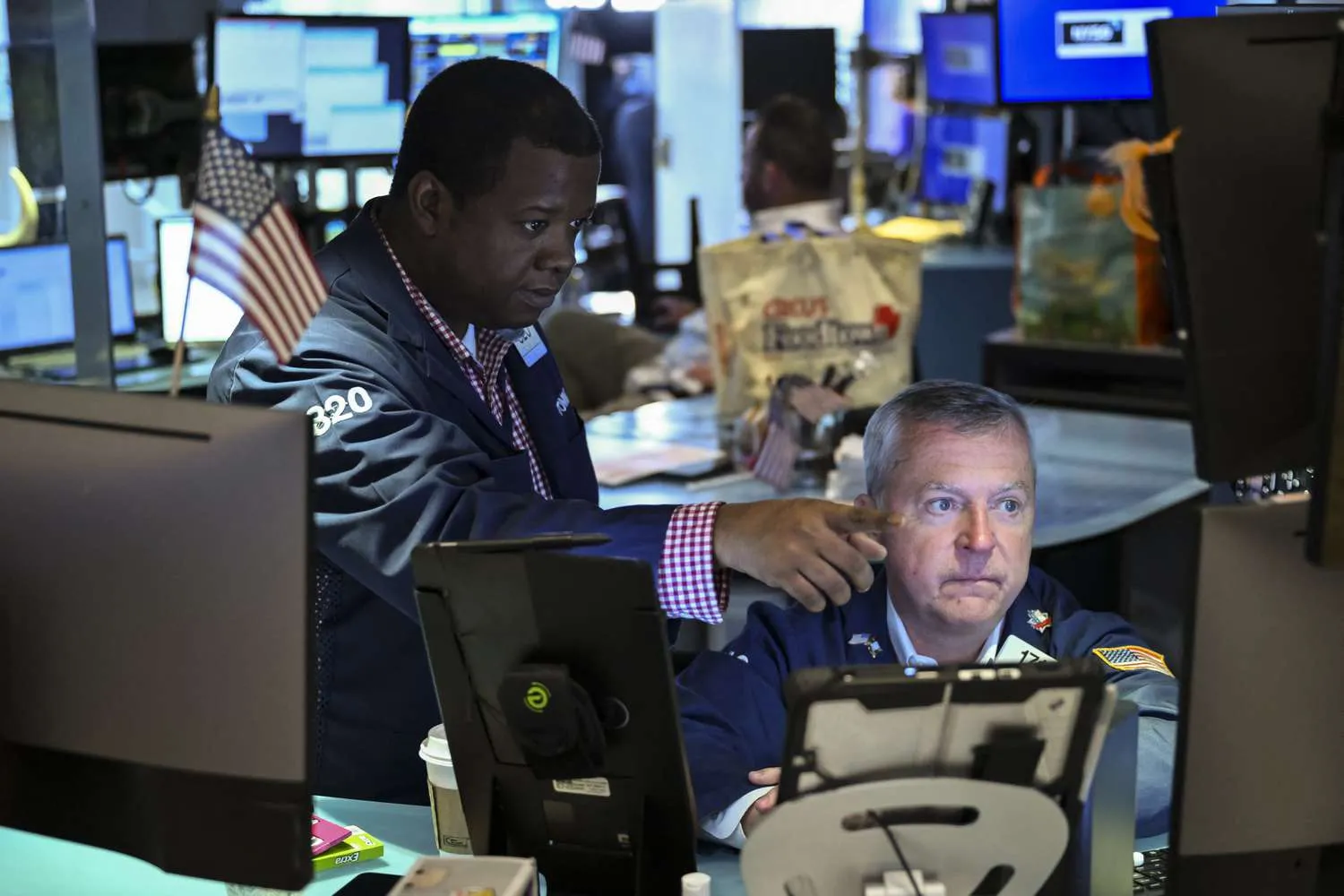The Bond Market's Rate-cut Bets Are Entering a Decisive Phase With Powell's Arrival
Bond markets are gearing up for a pivotal week as Federal Reserve Chair Jerome Powell steps into the spotlight with an opportunity to shape expectations on monetary policy.
On Friday, Powell will deliver his much-anticipated speech at the Fed’s annual economic symposium in Jackson Hole, Wyoming a venue that has historically been used for significant policy signals. This year, traders see the event as critical, with the Treasury market almost fully pricing in a quarter-point rate cut next month and at least one additional reduction before year-end.
For fixed-income investors, Powell’s remarks could set the tone for the coming weeks. While some hotter-than-expected inflation readings recently gave analysts pause, many remain convinced that signs of labor market weakness will push the Fed toward a more dovish stance.
So far, expectations suggest Powell will avoid explicitly committing to a September cut but will likely stress that any decision on Sept. 17 will depend on incoming economic data particularly whether employment continues to soften and inflation remains manageable.
“He could certainly move markets, but it’s not a given that he will,” said Kelsey Berro, executive director for fixed income at JPMorgan Asset Management. “Current pricing still reflects a sub-trend growth scenario and a soft landing, so there’s little reason for the Fed to fight those expectations right now.”
Treasury yields have declined across most maturities this month, led by sharp drops in the two-year note after disappointing July jobs data reinforced bets on rate cuts. This has steepened the yield curve, with the two-year yield hovering near 3.75%, close to its lowest level in recent months.
All eyes now turn to Jackson Hole. Historically, the symposium has been a catalyst for major market moves. Three years ago, Powell warned that combating inflation would require economic pain, pushing short-term yields higher. Last year, his remarks signaling an easing bias caused a sharp decline in two-year yields as traders celebrated confirmation of their expectations. The Fed followed through in September with its first rate reduction of that cycle a sizable half-point cut.
This backdrop has some traders bracing for a similar scenario. Large options trades have surfaced, wagering on a half-point cut next month. Those positions would pay off if the market prices in roughly 40 basis points of easing for the September meeting.
Adding fuel to the speculation is mounting political pressure. President Donald Trump and his administration have intensified calls for lower borrowing costs, but Powell has held firm, emphasizing the need to assess the full economic impact of tariffs before acting.
“The Fed’s under enormous pressure,” said Scott DiMaggio, head of fixed income at AllianceBernstein. “They’ve waited to understand how tariffs affect growth and inflation. Now, the data is reaching a point where resuming rate cuts looks increasingly justified.”
After Jackson Hole, investor focus will shift to the August employment report on Sept. 5. A weak print could cement the case for easing in September and possibly revive speculation about an aggressive half-point move, although most analysts see that as a long shot given recent inflation surprises.
“It’s likely to come down to the jobs report,” said Gregory Faranello, head of U.S. rates trading and strategy at AmeriVet Securities. “If the data shows continued weakness, a 25-basis-point cut seems very likely, and Powell probably won’t push back against that narrative.”
A faster pace of rate reductions could provide timely support for the economy as inflation remains stubbornly above the Fed’s target. This could be further amplified by potential fiscal stimulus from Trump’s tax-and-spending initiatives. However, this mix of factors combined with concerns over political interference and efforts to replace key economic officials could drive investors to demand a higher risk premium on longer-dated bonds.
“Front-loading aggressive cuts requires the Fed to effectively set aside lingering inflation concerns and prioritize downside risks in the labor market,” noted Ed Al-Hussainy, rates strategist at Columbia Threadneedle Investments.
Jackson Hole could mark a defining moment for U.S. monetary policy and global bond markets. Powell’s message whether cautious or bold will help determine whether September brings another round of rate cuts or a wait-and-see approach. Either way, investors should brace for potential volatility as the Fed balances growth risks, inflation pressures, and mounting political noise

Subscribe to our newsletter!
As a leading independent research provider, TradeAlgo keeps you connected from anywhere.








